The struggle is real!
As you may or may not know, my home town is Dunedin! Dunedin is known for its great student culture and the steepest street in the world, Baldwin Street! Well, Engineering Science is a bit of both. What do you mean??
If you thought first year was tough, it only gets harder from here. There are times when I think why do I put myself through all this pain. But at the end of the process, I realise how much I have gained. Just like Baldwin Street, the learning curve is steep. You feel the lactic acid as you walk up similar to the struggle as you get through second year. But when you reach the top of the street, you feel a sense of achievement similar to when you accomplish all those assignments and tests! And as for the student culture aspect, look forward to the field trip in Taupo 🙂
Now, I have complied a short but sweet summary of all the first semester Engineering Science papers and some advice on how to make your life easier for yourself. Hope they give you a small insight on what you’ll learn! Feel free to ask any questions in the comments below or connect with me on Linkedin: https://www.linkedin.com/in/ben-hall-/
ENGSCI 255: Operations Research
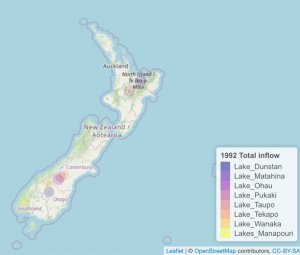
Structure:
- Three lectures per week (1 hour each)
- One tutorial (1 hour)
- Four assignments (7.5%)
- Test (20%)
- Final exam (50%)
Summary:
ENGSCI 255 was my favourite course and the reason why I decided to choose Engineering Science. This course is not similar to any previous engineering course but focuses on optimisation which is basically maximising or minimising the use of resources. This course uses excel for the first module to solve optimal solutions for our problems under certain constraints. I have to say this section was very well taught and is very interesting if like Operations Research such as how a product can go from A to B in the most cost effective, fastest, or safest way possible. This paper also teaches you to use the programming language R in the data analysis section. It looks at uncertainty, probability, and making cool visualisations to display your data. One assignment we had to do was sort the data of water inflows of New Zealand’s major lakes. It was a challenging but fun assignment and we produced this amazing map of New Zealand showing the coordinates of each lake. The last module looked at simulation and to be honest, I kind of zoned out during these lectures. When writing my notes for this section, I found it quite interesting as we looked at queuing systems where you could relate this to real world applications. It focused on stimulating processes under randomness.
Advice:
- For the mid-semester test, do as many practice papers as possible as the structure of the test is mostly the same and answers are given
- Collaborate on the assignments, they encourage cheating working together
- Get a head start on assignments by doing the assignments at the same pace as you learn the content in lectures so you can apply the knowledge as you go
- Ask questions on piazza, Kevin normally replies straight away with decent answers
- Don’t zone out in Geoff’s section on simulation or you’ll fall behind
ENGSCI 233: Computational techniques and computer systems
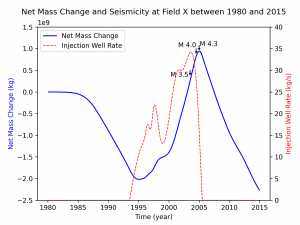
Structure:
- Two lectures per week (1 hour each)
- One lab per week (2 hours)
- Ten weekly labs (6% each)
- Two tests (15% each)
- Ten weekly quizzes (1% each)
Summary:
I struggled a lot with ENGSCI233 for the first month and there’s a valid reason why! This course is structured similar to ENGGEN 131 with weekly labs but is taught in Python. Due to lockdown, the structure of our course was taught differently where we were given the hardest labs to do first! Combine that with learning a new language and syntax, let’s just say it took countless hours to complete the first few labs. The amount of time I spent trying to debug my code and understand the lecture content was frustrating to say the least. In this course, your best friend is google and also those code wizards who you beg to debug your code. Although this was a challenging time, I have to say I did start to enjoy the second half of the course (thanks to Colin Simpson!). By the end of this course, you will definitely be a better programmer and learn more about data and algorithms so I guess it’s not all bad and you get that satisfying feeling every week when your code runs perfectly (ahhh!)
Advice:
- Learn python before first semester! A useful website where you can learn the basics of python is: https://www.codecademy.com/
- Go to labs! The lab tutors are often 4th year students and are more than happy to help you when you get stuck
- Go to the office hours to get answers for tests as they are not given out
BIOMENG 221: Mechanics of engineered and biological materials
Structure:
-
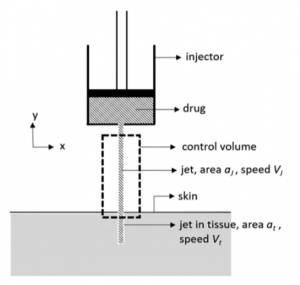
Applying conservation of mass! Three lectures per week (1 hour each)
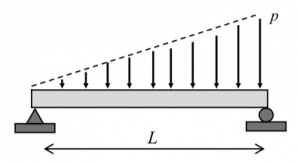
Beams!
- Two assignments (8% each)
- Two tests (5% each)
- Three assignments (7.5% each)
- Three quizzes (2.5% each)
- Final exam (60%)
Summary:
BIOMENG 221 was an interesting paper with my enjoyment levels going up and down. This course is effectively a crossover of CHEMMAT 121 and ENGGEN 121. The reason I say this is because the course covers a lot of how stresses and strains affect different materials and also if we can treat these objects as pressure vessels or beams. This course involves a lot of mathematical derivations and gets you to think about why certain things happen. I personally enjoyed the last module as it related to the statics section of ENGGEN121 and involved a lot of calculations. Most of this paper is calculation and math based but you need to understand the fundamentals before applying the maths.
Advice:
- Don’t stress too much if you don’t understand/grasp every concept, you will know more than you think and will be capable of doing well in the tests (but still study!)
- Try retain some statics knowledge in ENGGEN 121 and stress/strain knowledge in CHEMMAT 121
- Vinod likes to reuse past test and exam questions so practice those and you can get free marks!
ENGSCI 211: Mathematical Modelling
Structure:
-

Stats! Three lectures per week (1 hour each)
- Two tests (15% each)
- Two assignments (8% each)
- Weekly quizzes (14%)
- Final exam (40%)
Summary:
ENGSCI 211 is a sequel to ENGSCI 111 where we enhance our knowledge on content taught in ENGSCI 111 such as ODEs, , and linear algebra. In this course, you get an insight into the data analysis side of engineering where we use the programming language R to look at statistics of data. Don’t worry if you’re not too confident on coding or statistics because it’s not difficult at all and Kevin gives you great guidance through this module. I’m not going to go too in-depth with this course but the bottom line is if you enjoy maths, numbers, and statistics, you will enjoy this paper and find it pretty straightforward.
Advice:
- For the mid-semester test, do as many practice papers as possible as the structure of the test is mostly the same and answers are given
- Would recommend watching lectures online as content is relatively straight forward to grasp especially with help of examples in the course book to guide you
- Overall straight forward paper similar to ENGSCI111
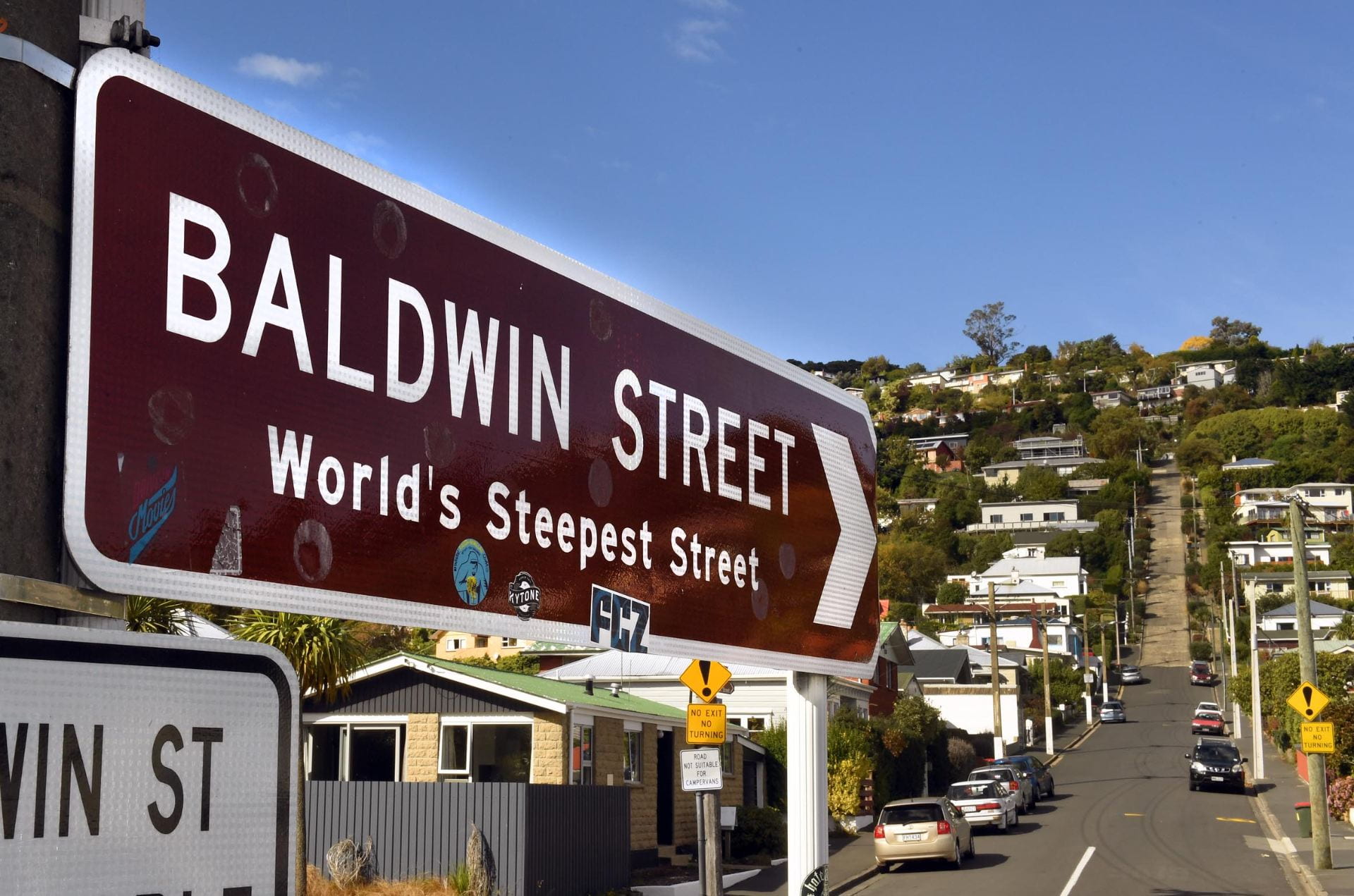
Can vouch for 211 being straightforward if you actually do the work :’)
Great insight into Engsci!
Thank you! Glad you enjoyed the blog!
Pop off king! Great Work Ben!
Thank you! Appreciate it bro!